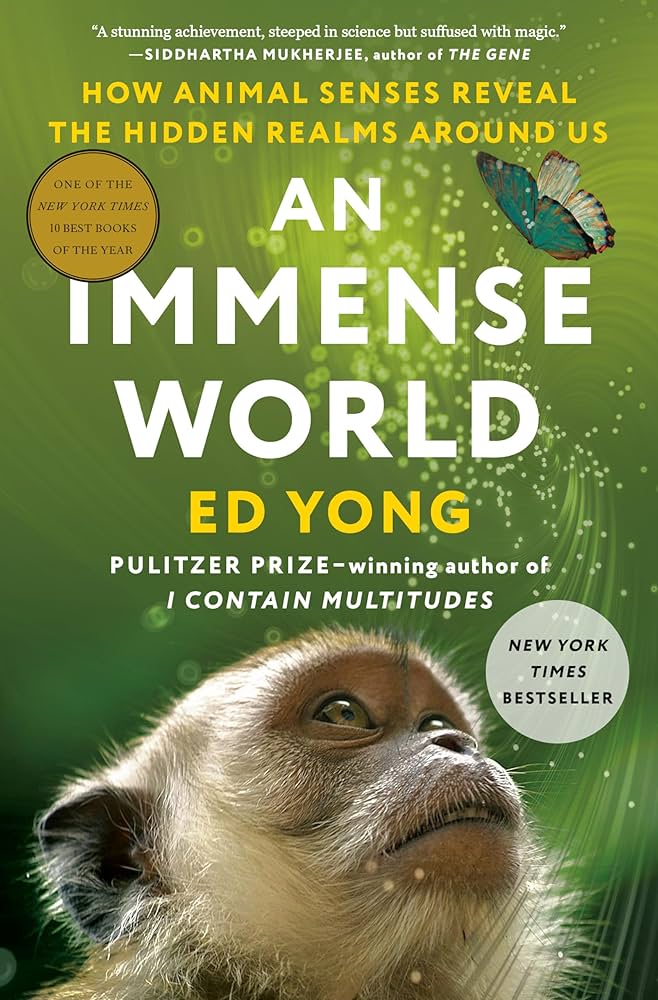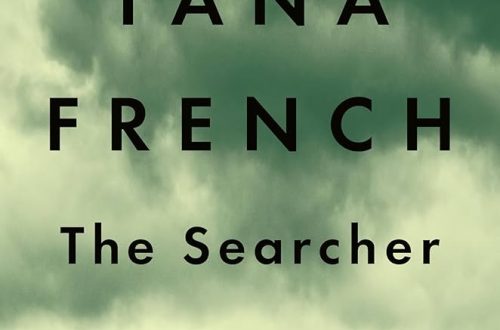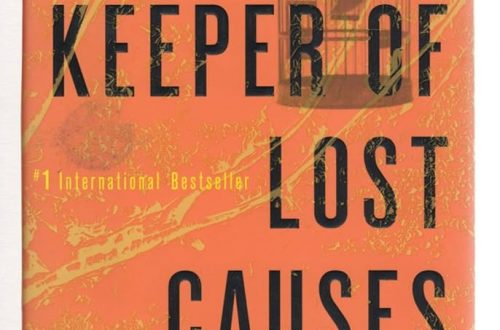Philosophically, a wonderfully provocative account of what other organisms can sense that we humans cannot. Ed Yong introduces us to umwelt the idea that our perception of the world is confined to what our senses can perceive. We cannot really conceive of what it might feel like to interpret our surroundings using the earth’s magnetic field, as birds can. What would it be like to sense chemicals through our feet (is sensing chemicals a sense of smell, taste, or something else, if it comes through your feet), as mosquitoes can?
Other organisms can hear vibrations that only our most sensitive instruments can perceive – elephants – or use radar: bats, some sea creatures. Bees can see wavelengths that we will never see and the world’s flowers and plants look different to them.
Yong goes through the five sense we humans possess – sight being our strongest – and then senses, like radar, that we do not. He compares human umwelts to umwelts that simultaneously constrain and expand the world of organisms whose capacities make ours seem insignificant. He does a marvelous job of explaining the science of how we can tell that an animal can do things that we cannot even imagine.
Unfortunately, as he ticks through each sense, he seemingly recounts every organism about which a scientific experiment has been completed, until from shear exhaustion, you consider using your sense to skim ahead like a gnat detecting insect repellent.




One Comment
Jeffrey Levenson
Had to laugh when I read your review. I too found An Immense World at once fascinating and tedious. The concept that worlds of perception are just out of our reach, and that the universe is a richer, deeper, more glorious place than we can sense or imagine is endlessly interesting; the excruciating details of how that’s known, a little less so. Recommended not so much for each of its pages or chapters, but more for the notion of a grander world that it will instill in you, even if you put it away at page 120, as I did.